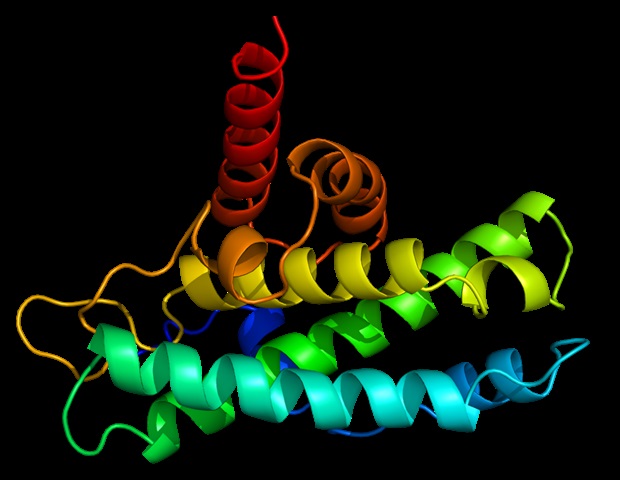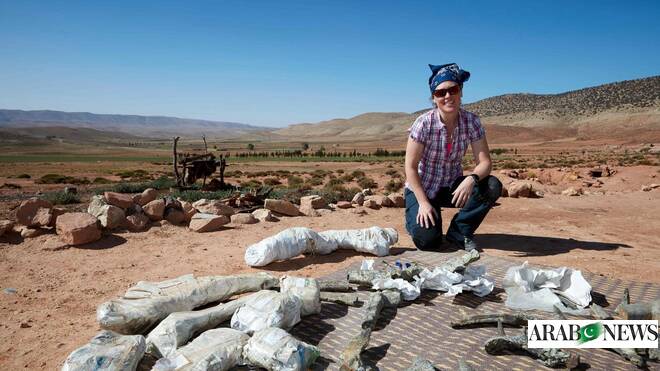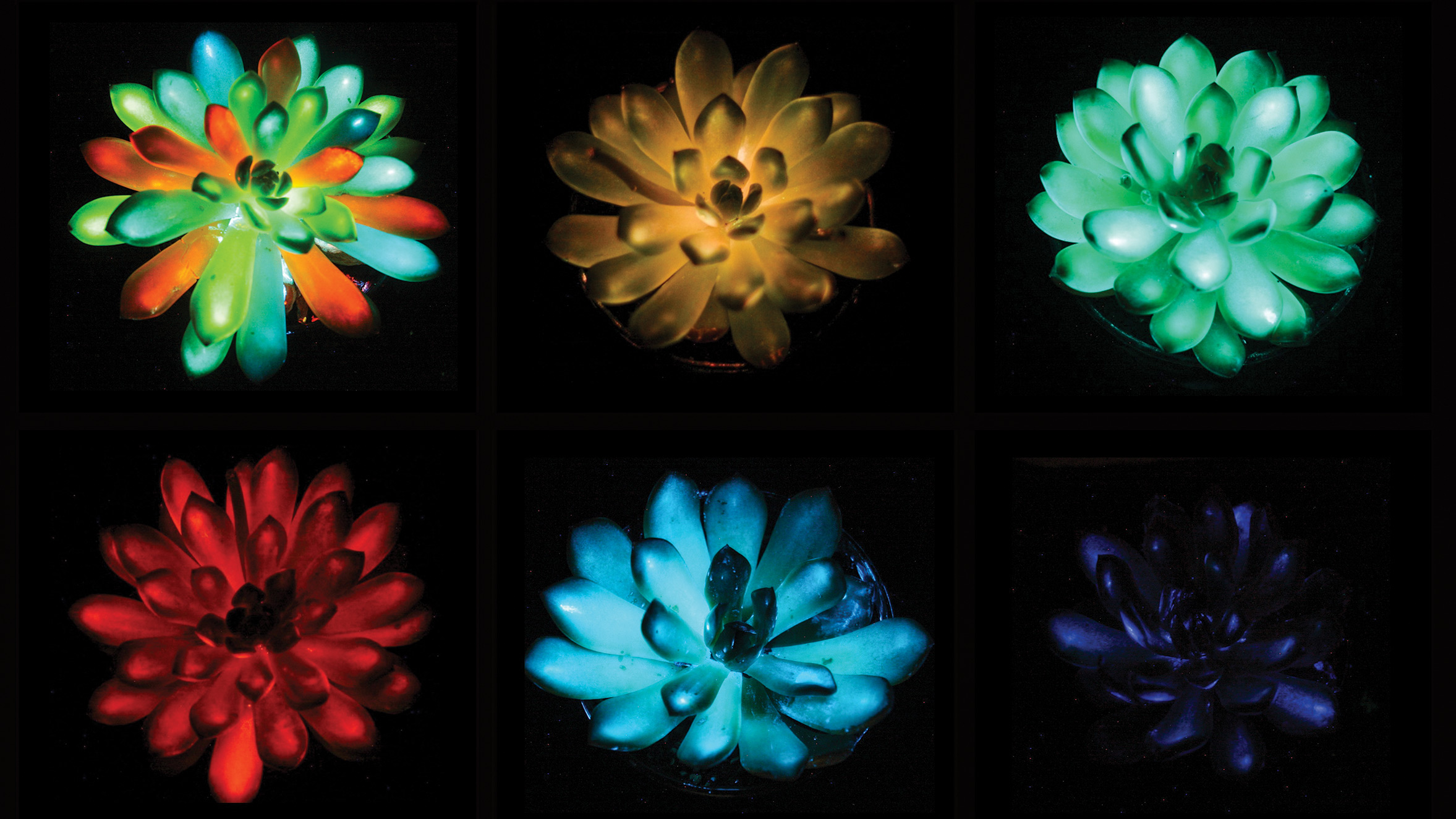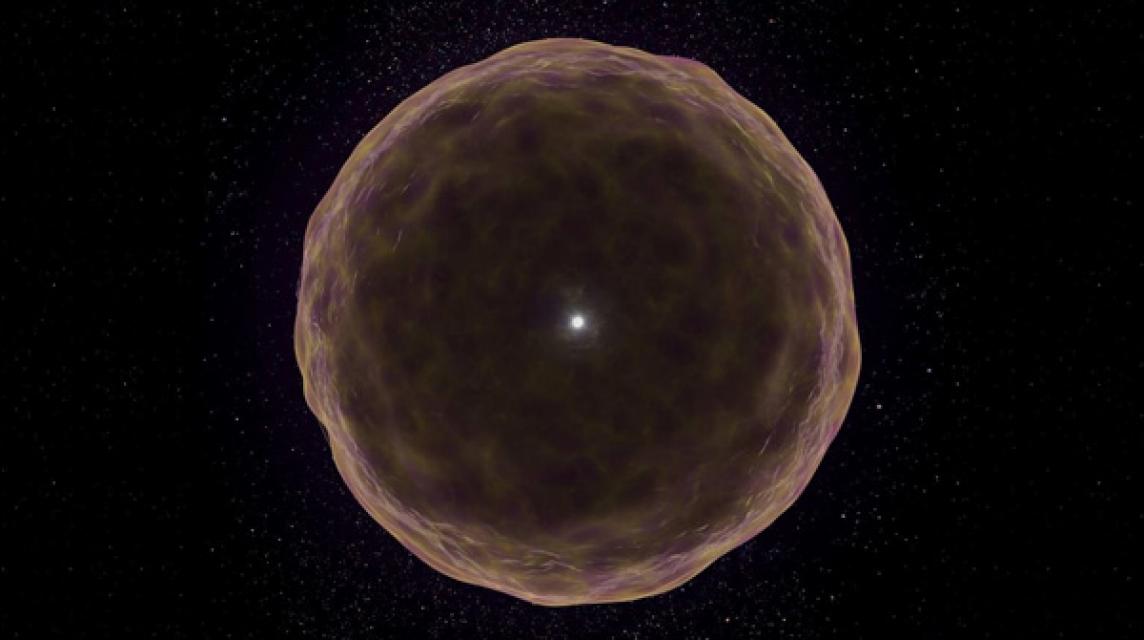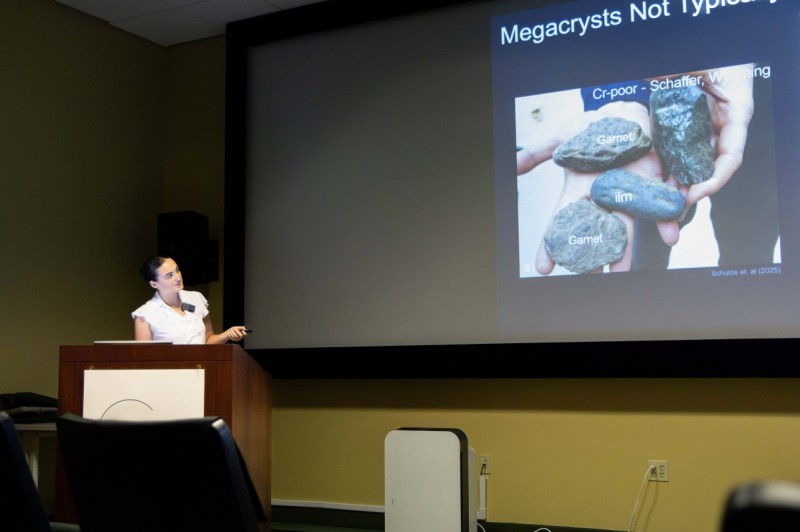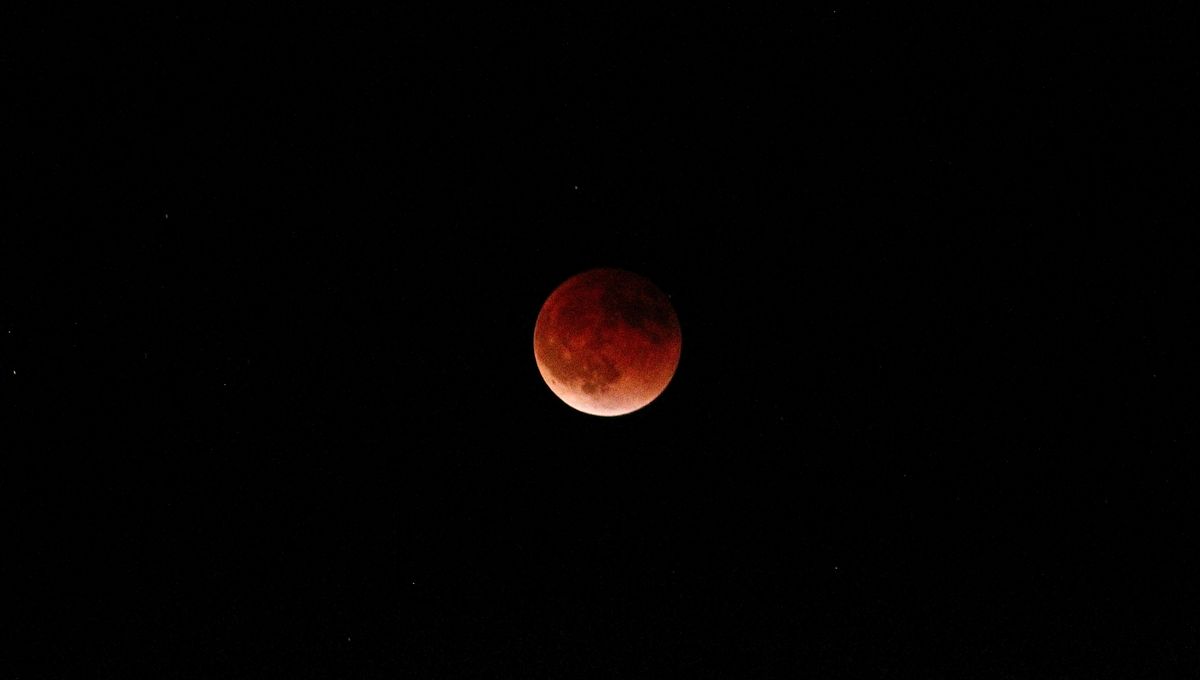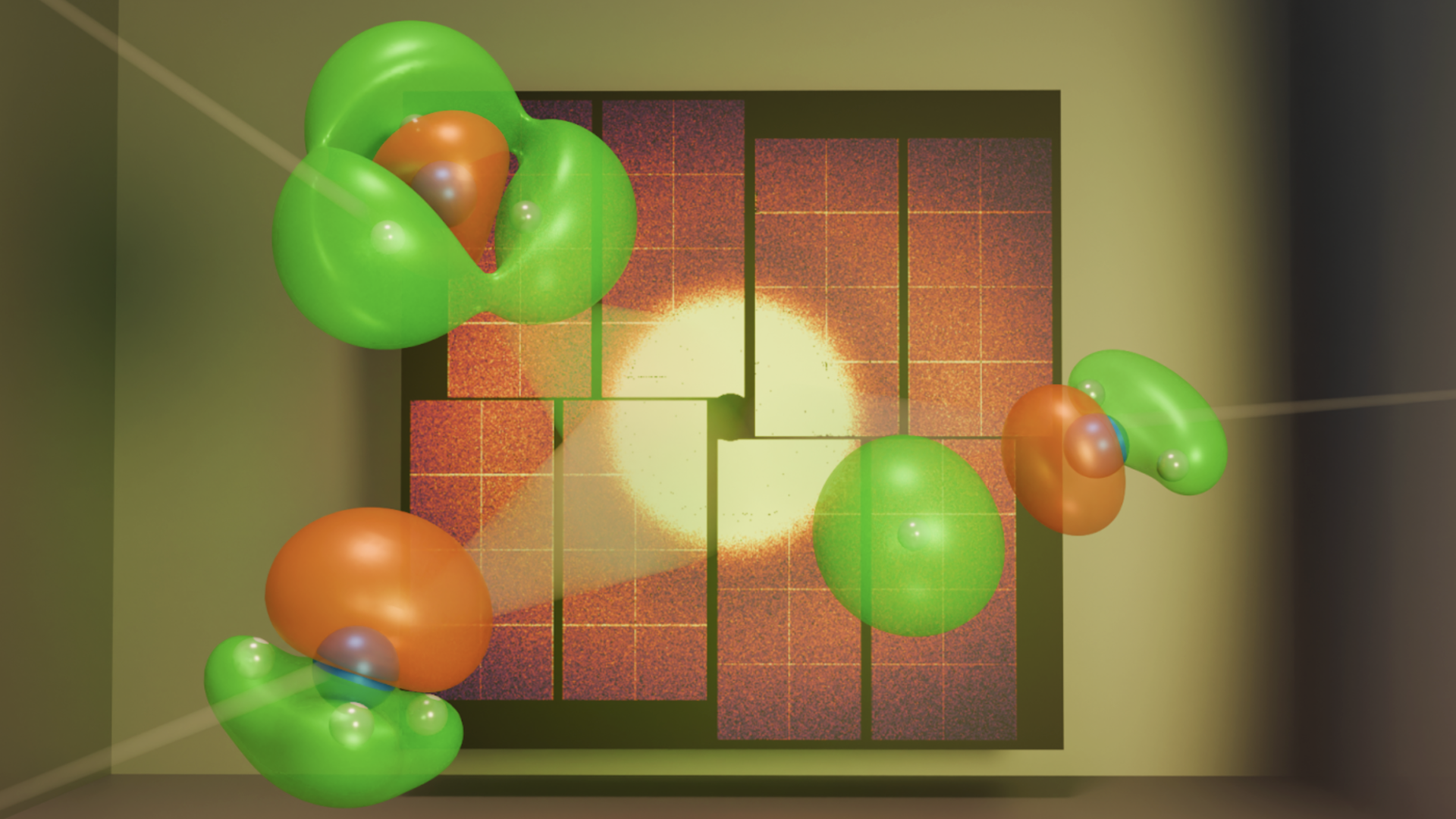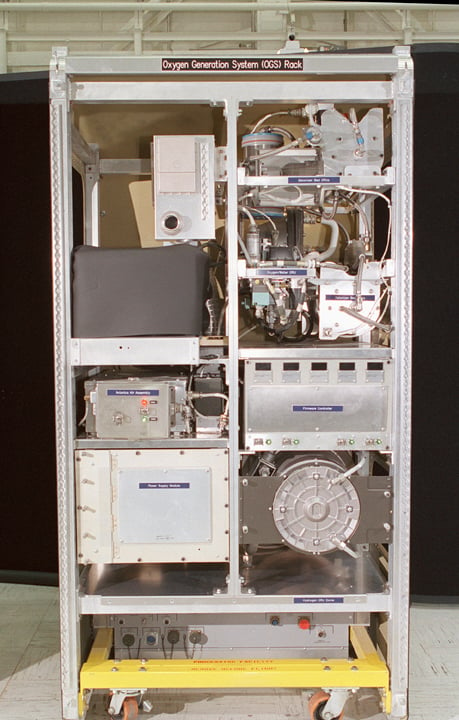A new research paper was published in Volume 16 of Oncotarget on August 29, 2025, titled “In vivo manipulation of the protein homeostasis network in rhabdomyosarcoma.”
In this study led by first author Kristen Kwong and corresponding author Amit J. Sabnis from the Department of Pediatrics, Division of Oncology, University of California San Francisco, researchers discovered that disrupting the protein quality control system in cancer cells slows tumor growth in rhabdomyosarcoma (RMS), the most common pediatric soft tissue cancer. This finding points to a new strategy for treating high-risk childhood cancers that often resist current therapies.
Rhabdomyosarcoma is a rare and aggressive cancer that primarily affects children and adolescents. Standard treatments like chemotherapy and radiation often have limited long-term success in high-risk cases. This study explored a different approach: targeting the cellular machinery that maintains protein quality, known as the proteostasis network. Cancer cells rely heavily on this system to survive stress caused by rapid growth and genetic instability.
“To examine whether MAL3-101 or more drug-like proteostasis inhibitors represent a new therapeutic strategy for RMS, we screened proteostasis components that might recapitulate the effects of MAL3-101 in vivo.”
The researchers first used a compound called MAL3-101 to disrupt protein control in RMS cells. They then identified which parts of the protein quality system were affected. Based on those findings, they searched for more drug-like compounds that could target the same pathways.
They focused on a protein called p97, which plays a critical role in removing damaged or misfolded proteins. When they blocked p97 using a drug called CB-5083, the cancer cells could no longer manage internal stress and began to self-destruct. In both laboratory models and mice implanted with human RMS tumors, the treatment significantly slowed or stopped tumor growth. The drug triggered a stress response in the cells known as the unfolded protein response, which can lead to either recovery or programmed cell death.
However, not all tumors responded the same way. Some resisted the treatment by activating a backup system called autophagy, which allows cells to recycle parts of themselves under stress. By comparing tumors that responded well to those that did not, the researchers found that higher autophagy activity could serve as a warning sign for resistance. This insight may help identify which patients are more likely to benefit from therapies that target protein quality control.
While the results are promising, the drug’s effectiveness depended on the tumor’s genetic profile and how it handled stress. Combining p97 inhibition with other treatments or blocking alternative survival pathways like autophagy may improve outcomes. The researchers also noted the importance of developing safer and more targeted drugs to reduce side effects.
This study opens new possibilities for personalized cancer treatment, particularly for children with aggressive or relapsed RMS. By weakening the systems that cancer cells depend on to survive, rather than only using toxic treatments to kill them, scientists aim to develop more effective and less harmful therapies for young patients.
Source:
Journal reference:
Kwong, K., et al. (2025). In vivo manipulation of the protein homeostasis network in rhabdomyosarcoma. Oncotarget. doi.org/10.18632/oncotarget.28764
